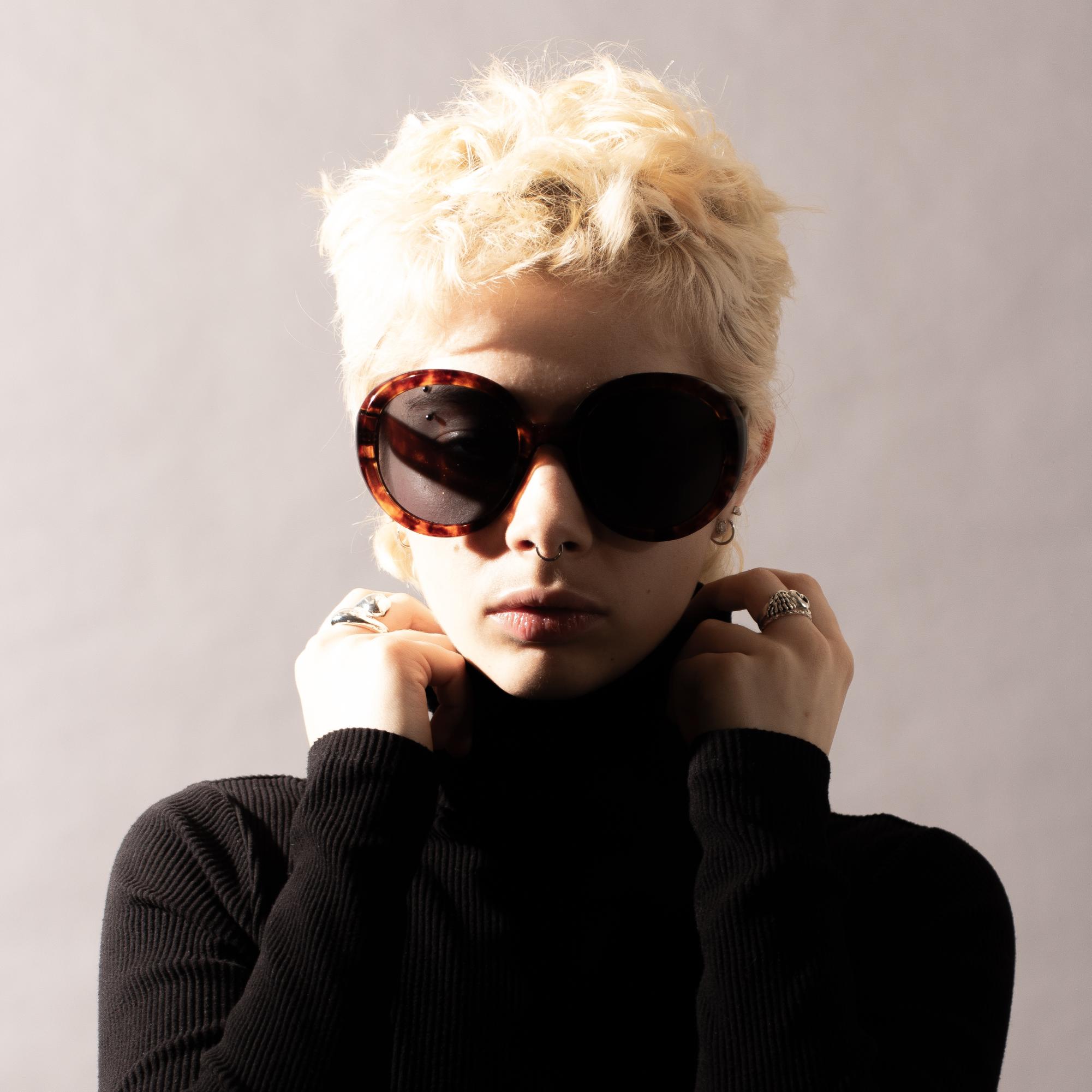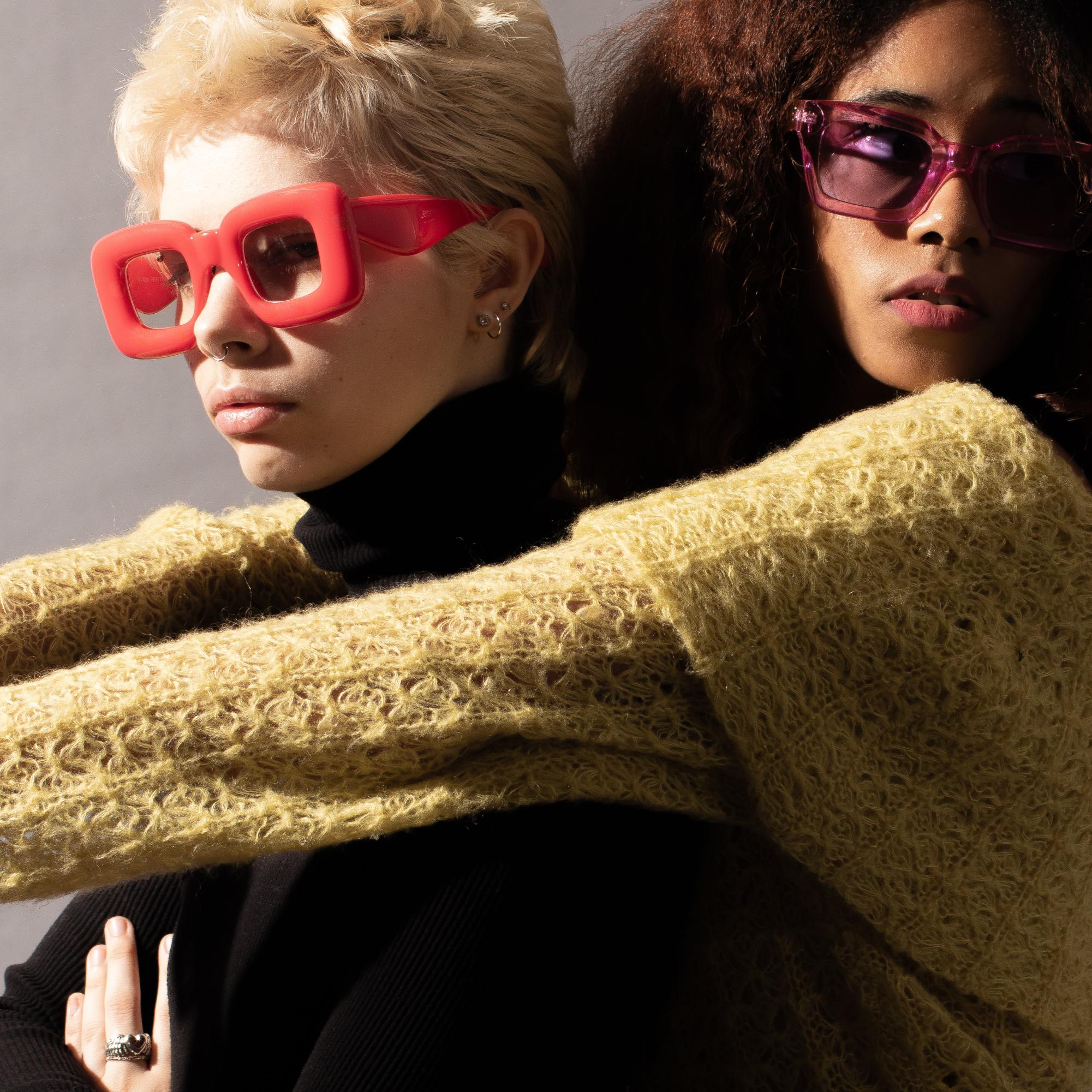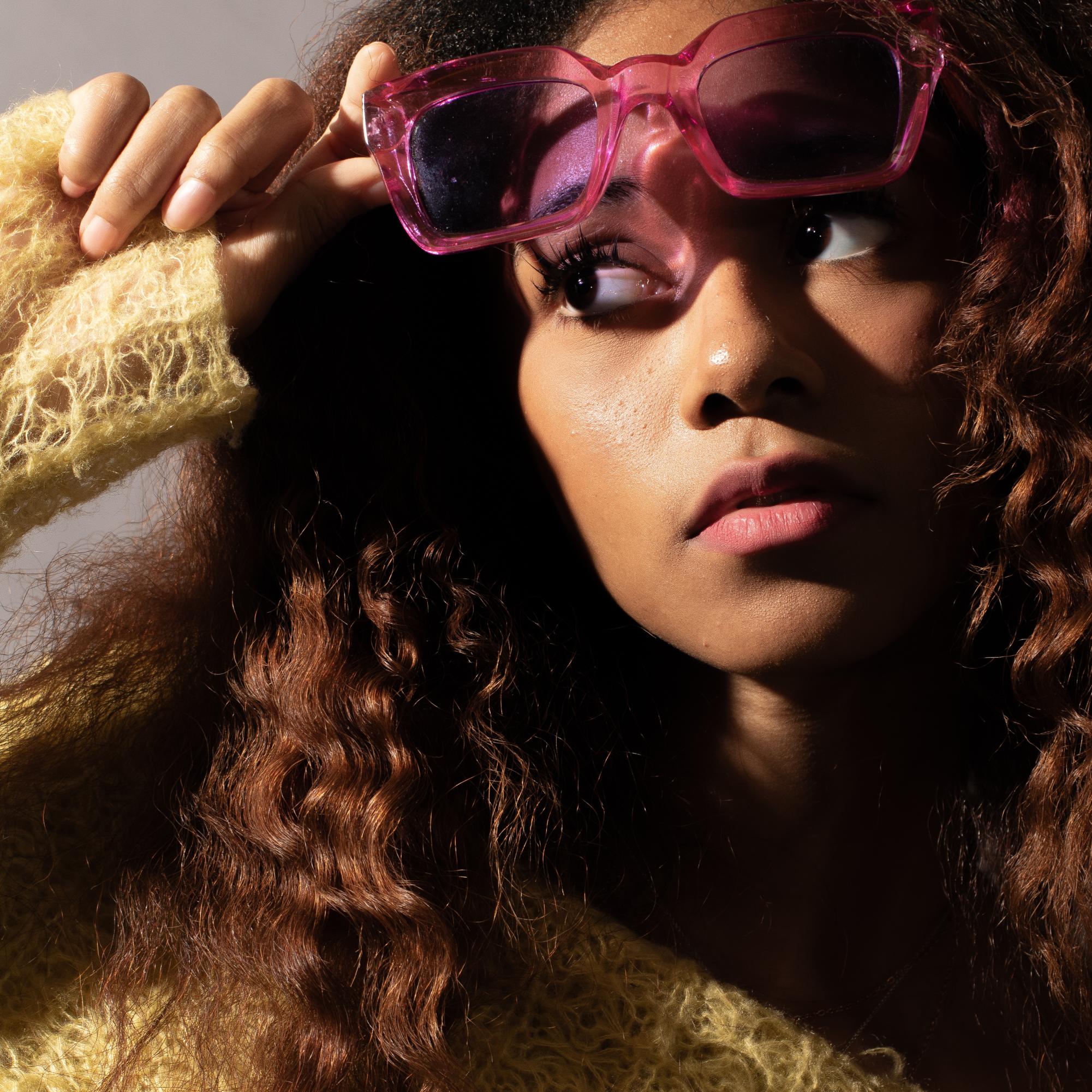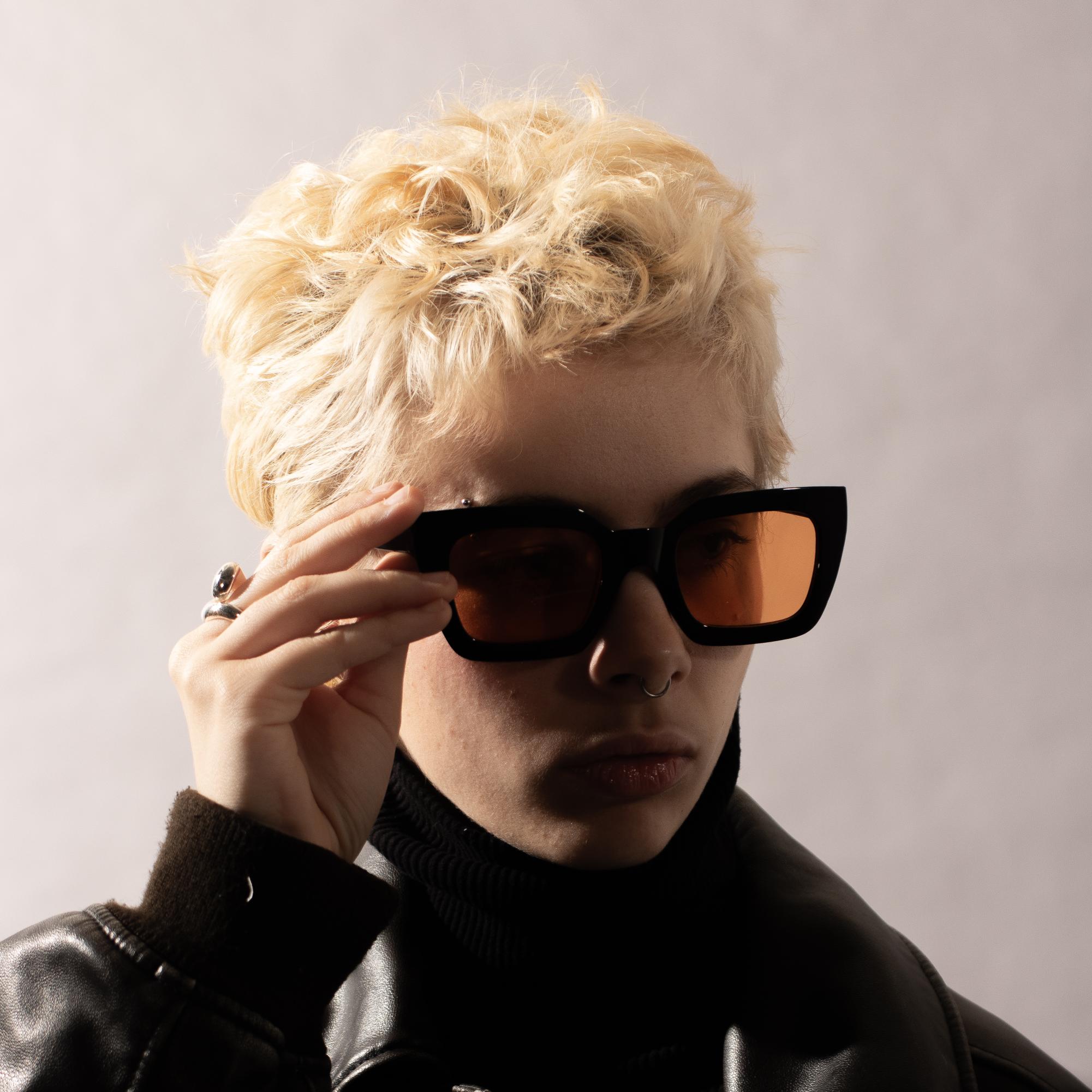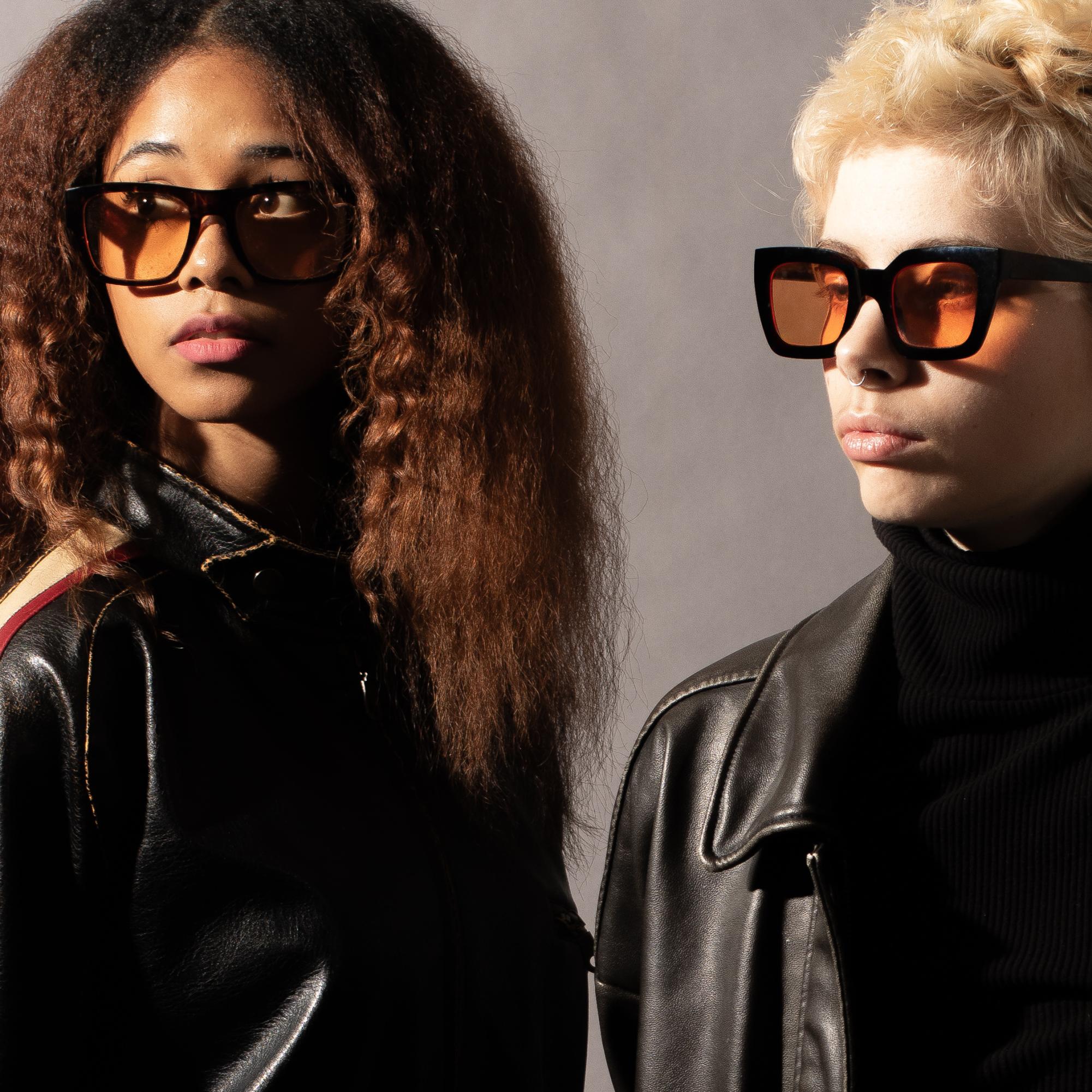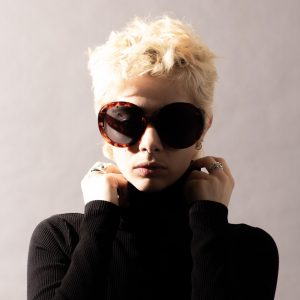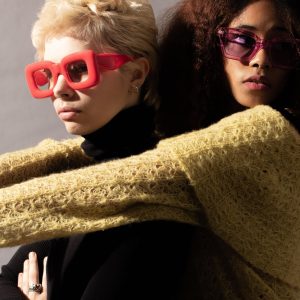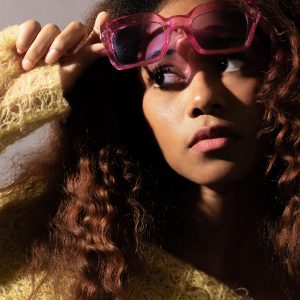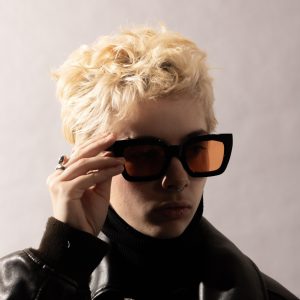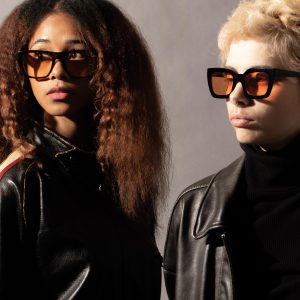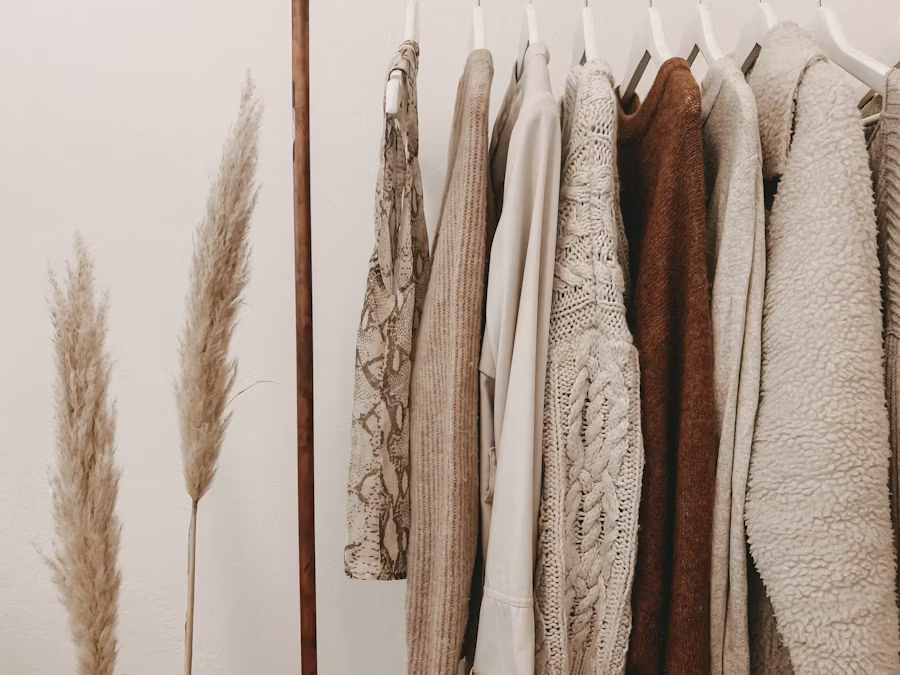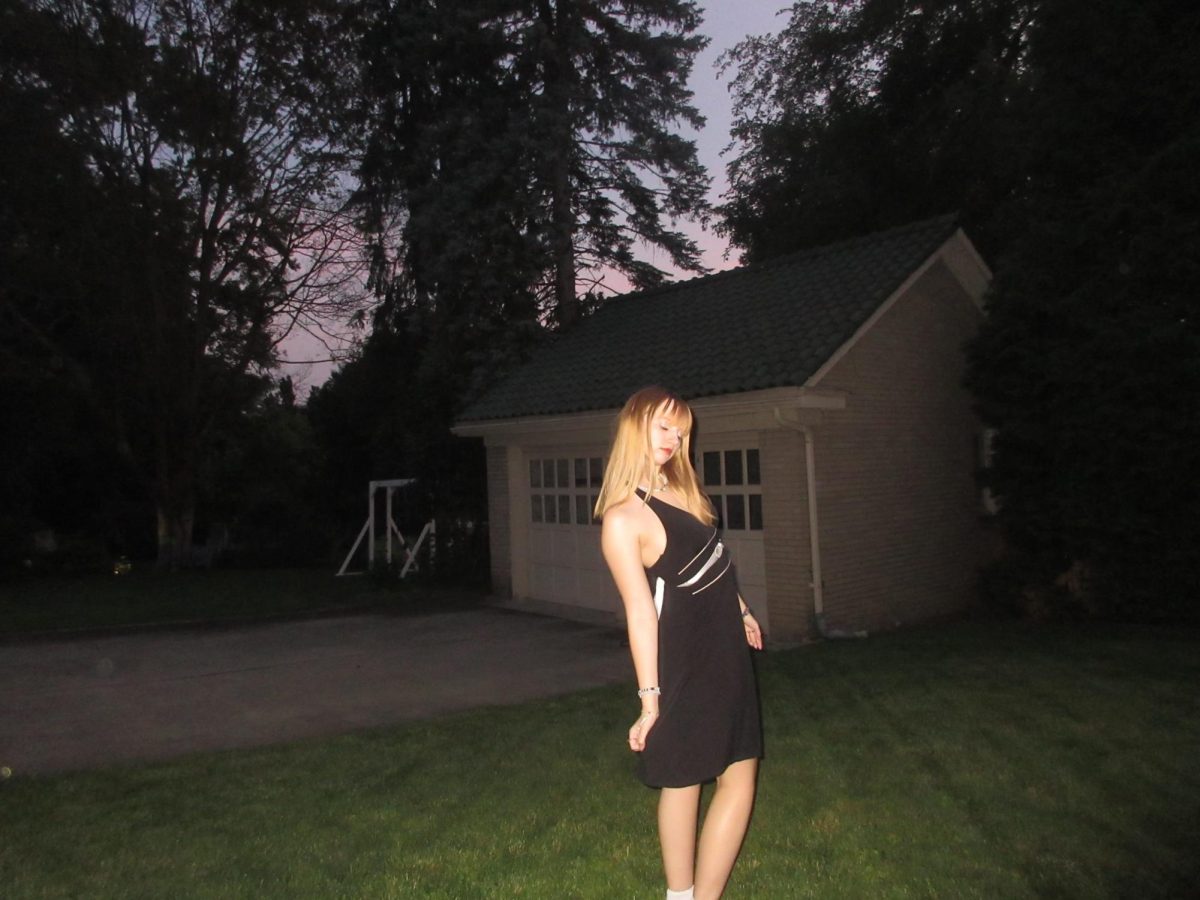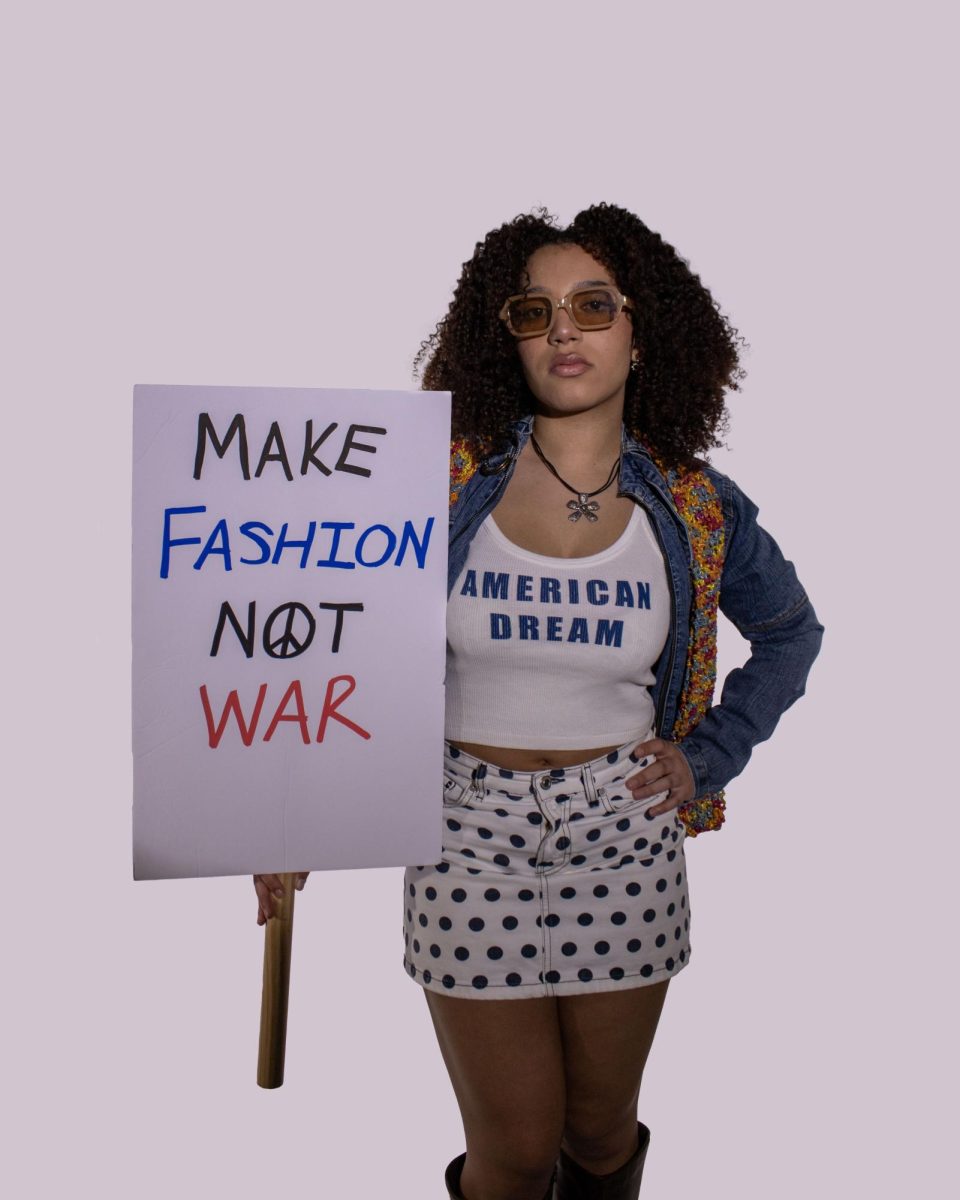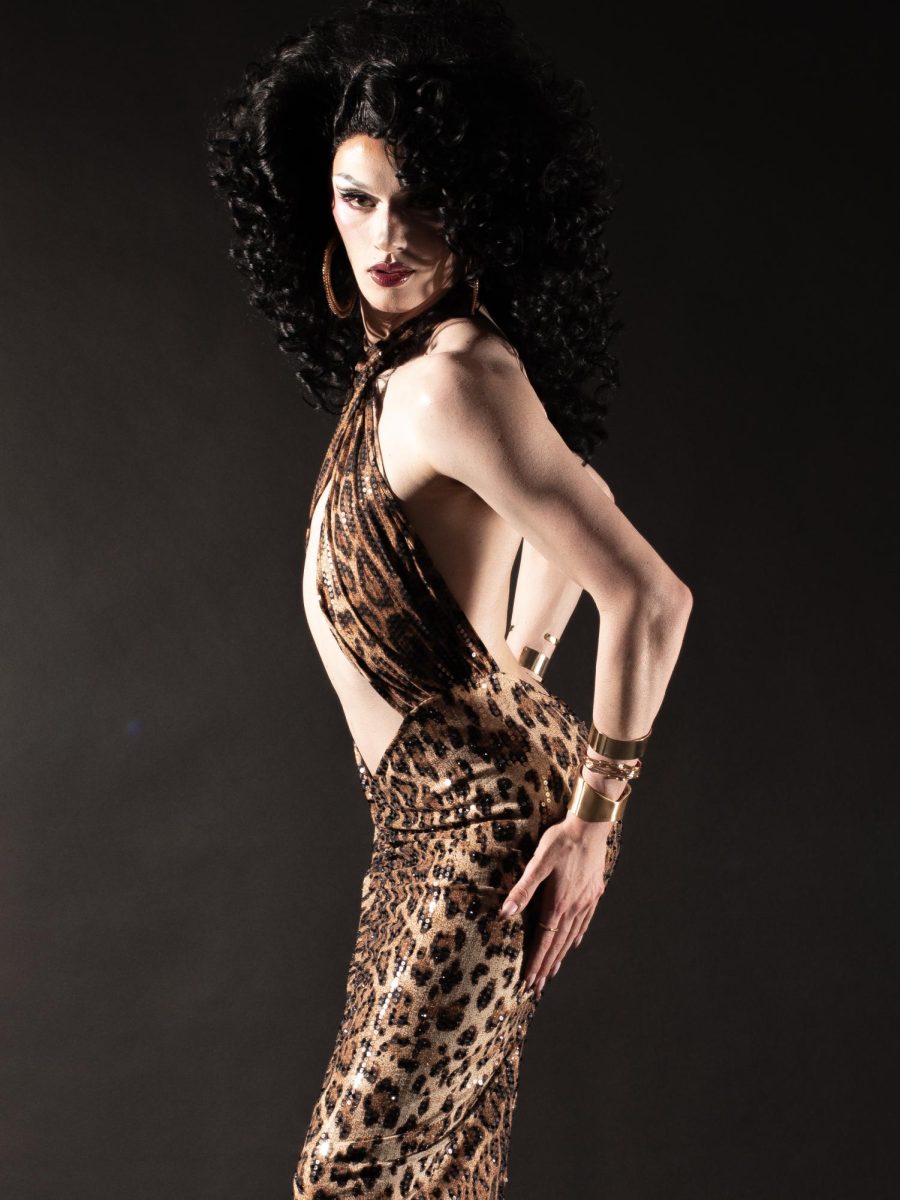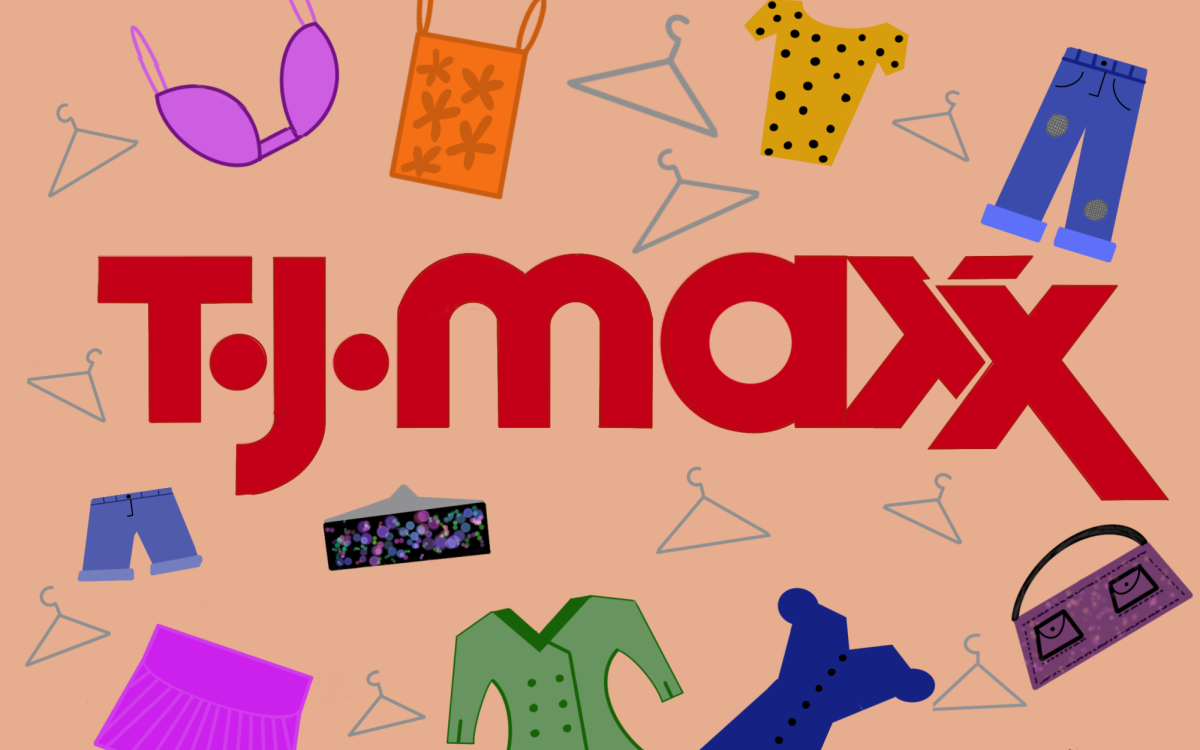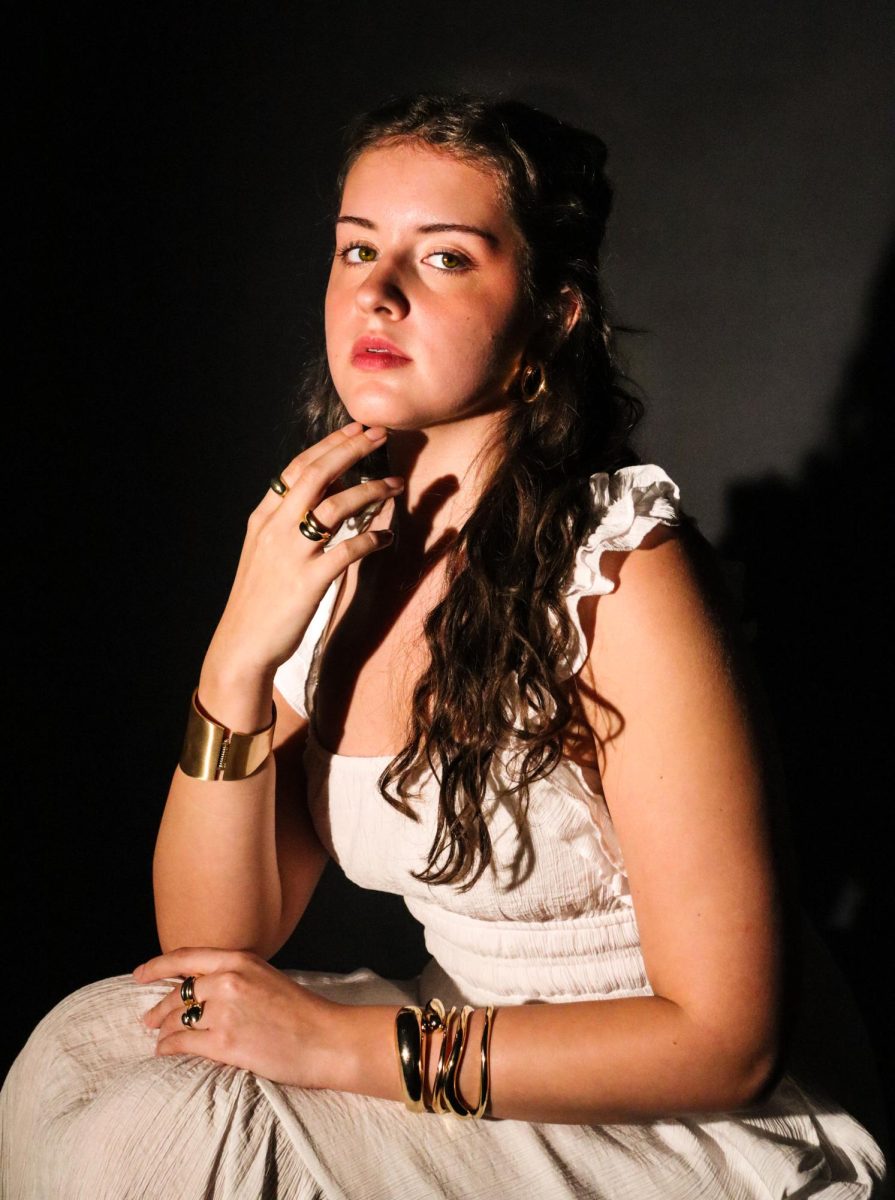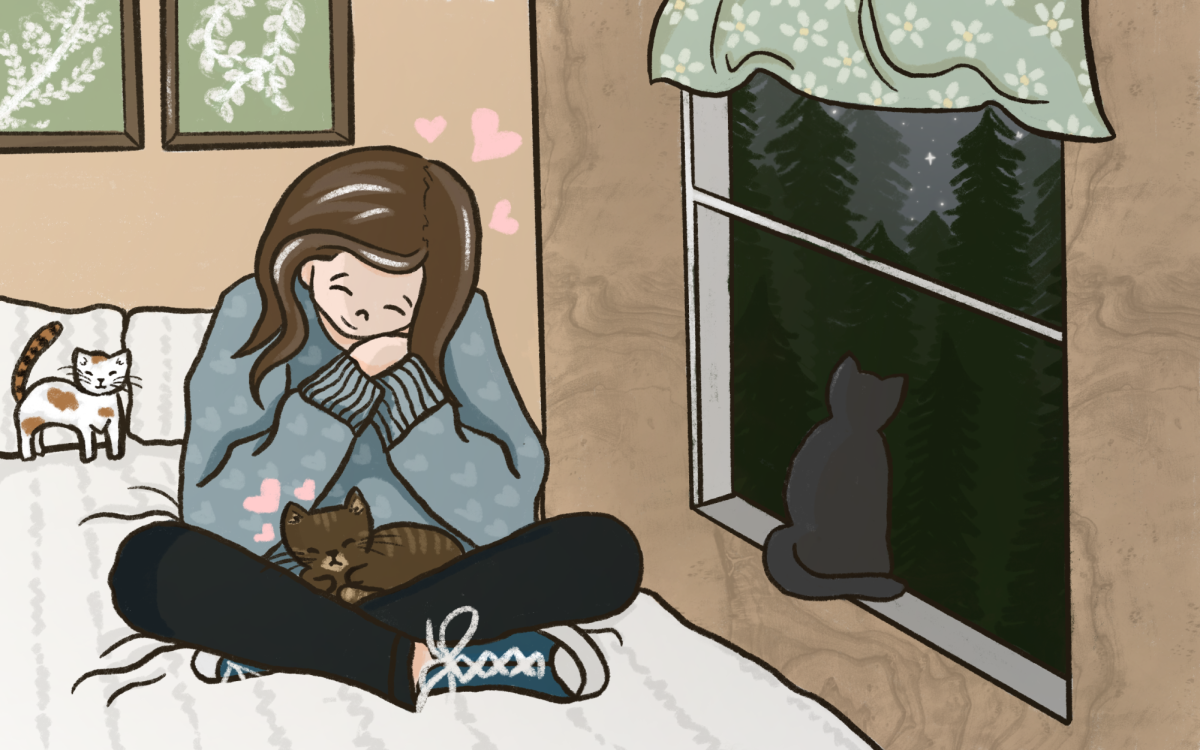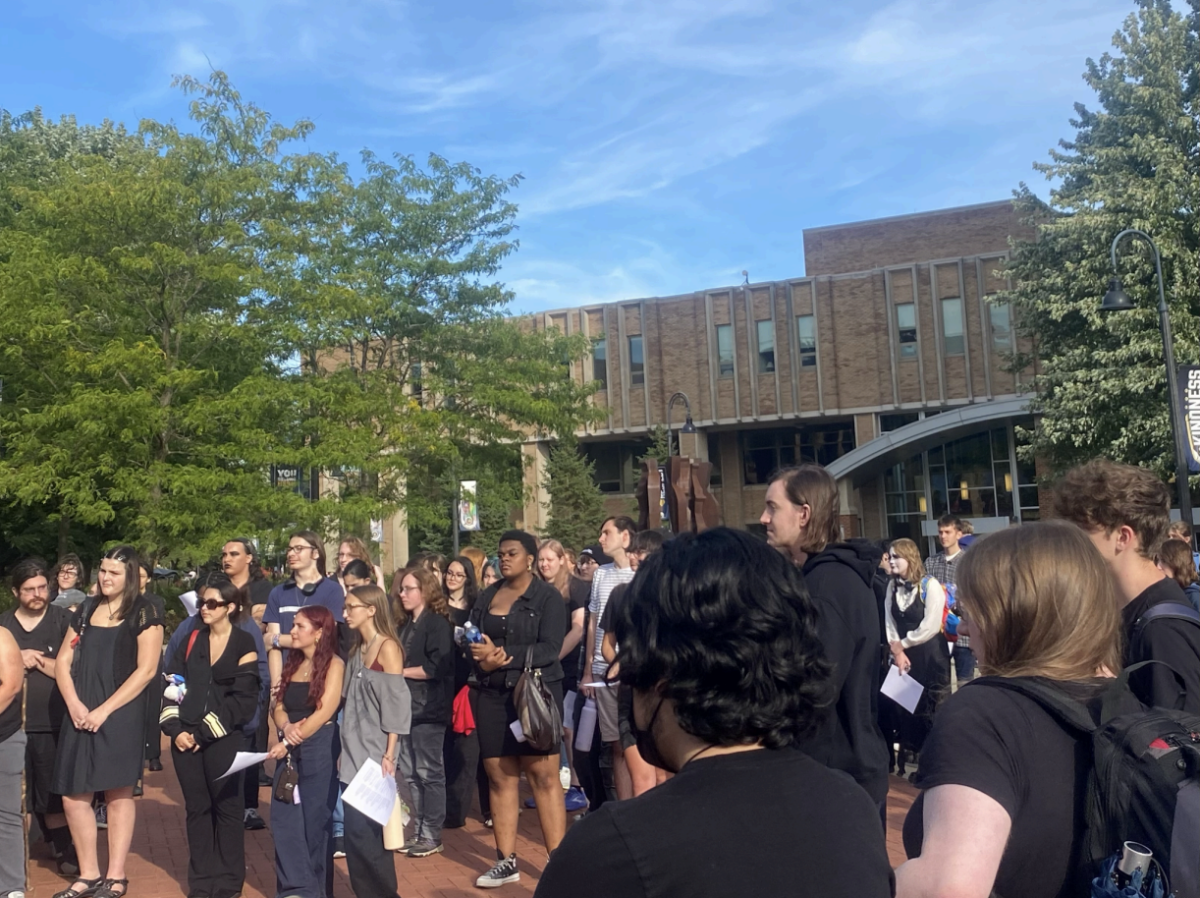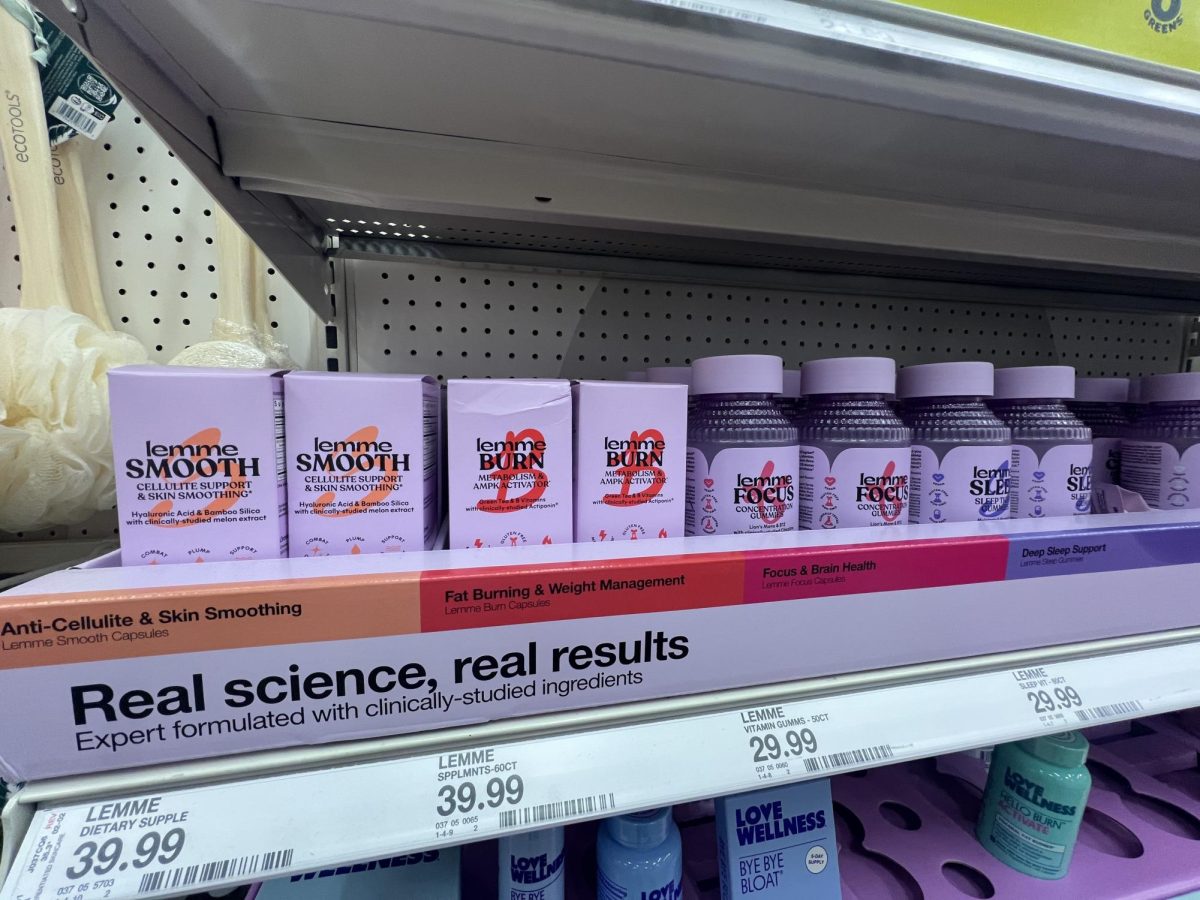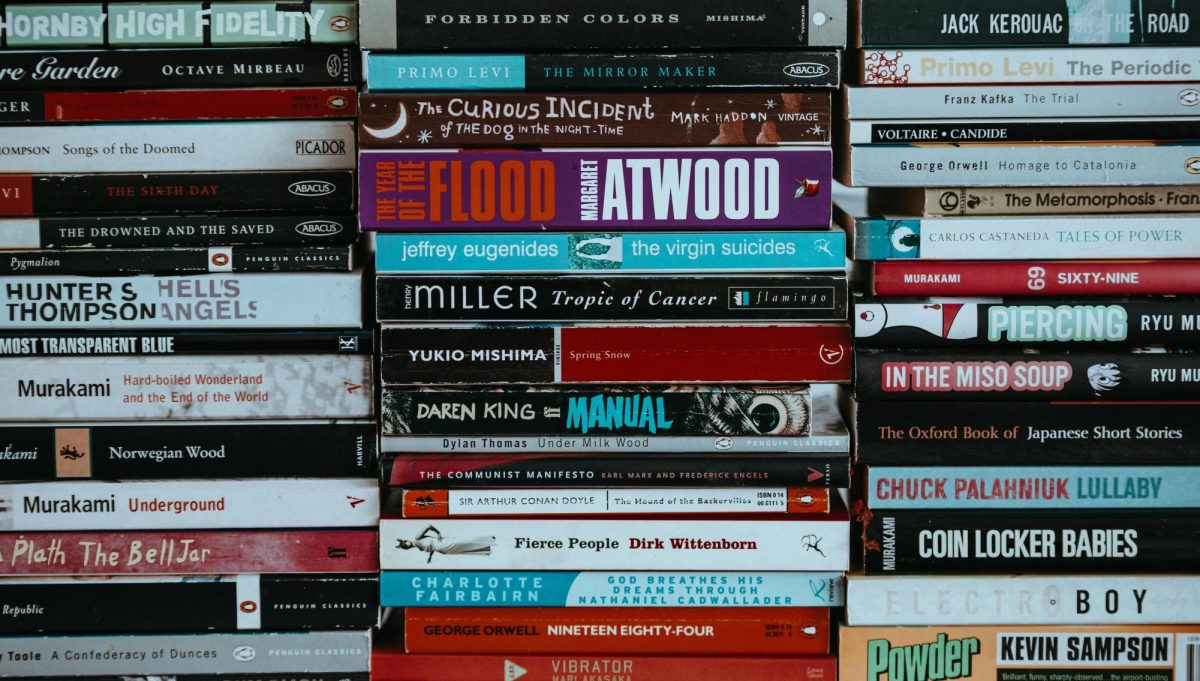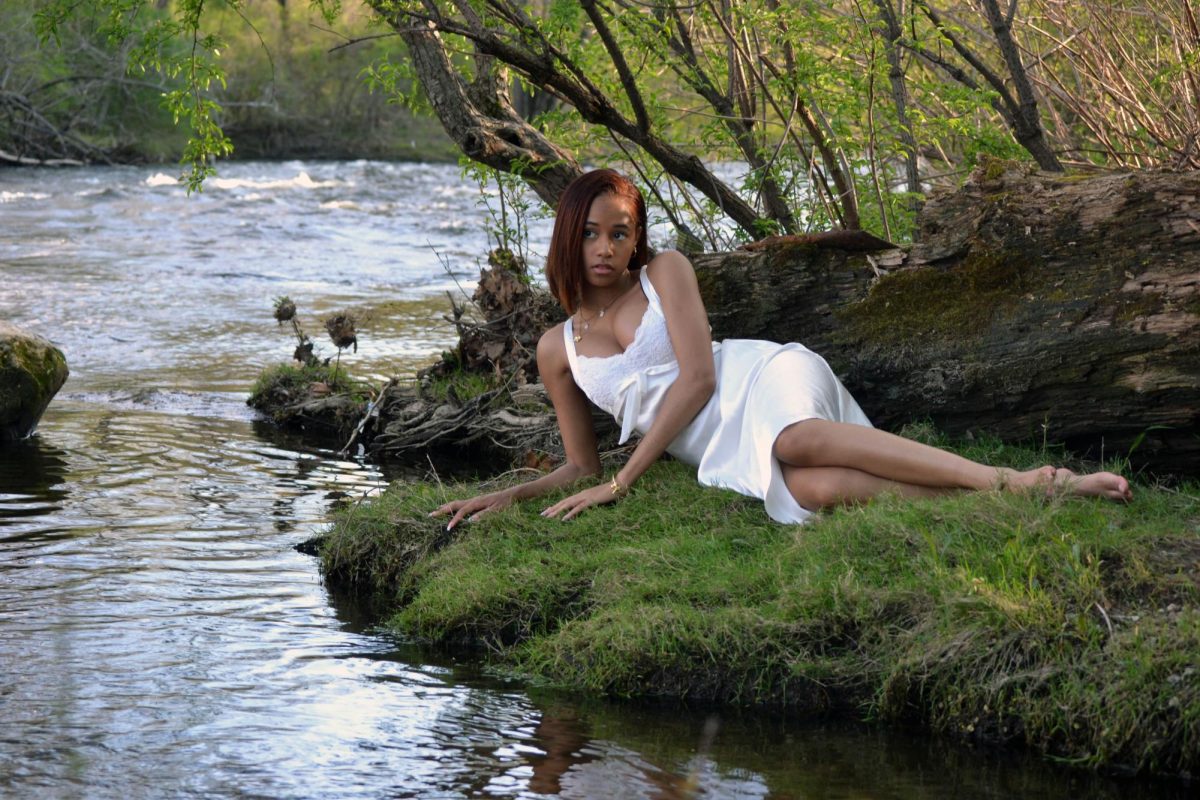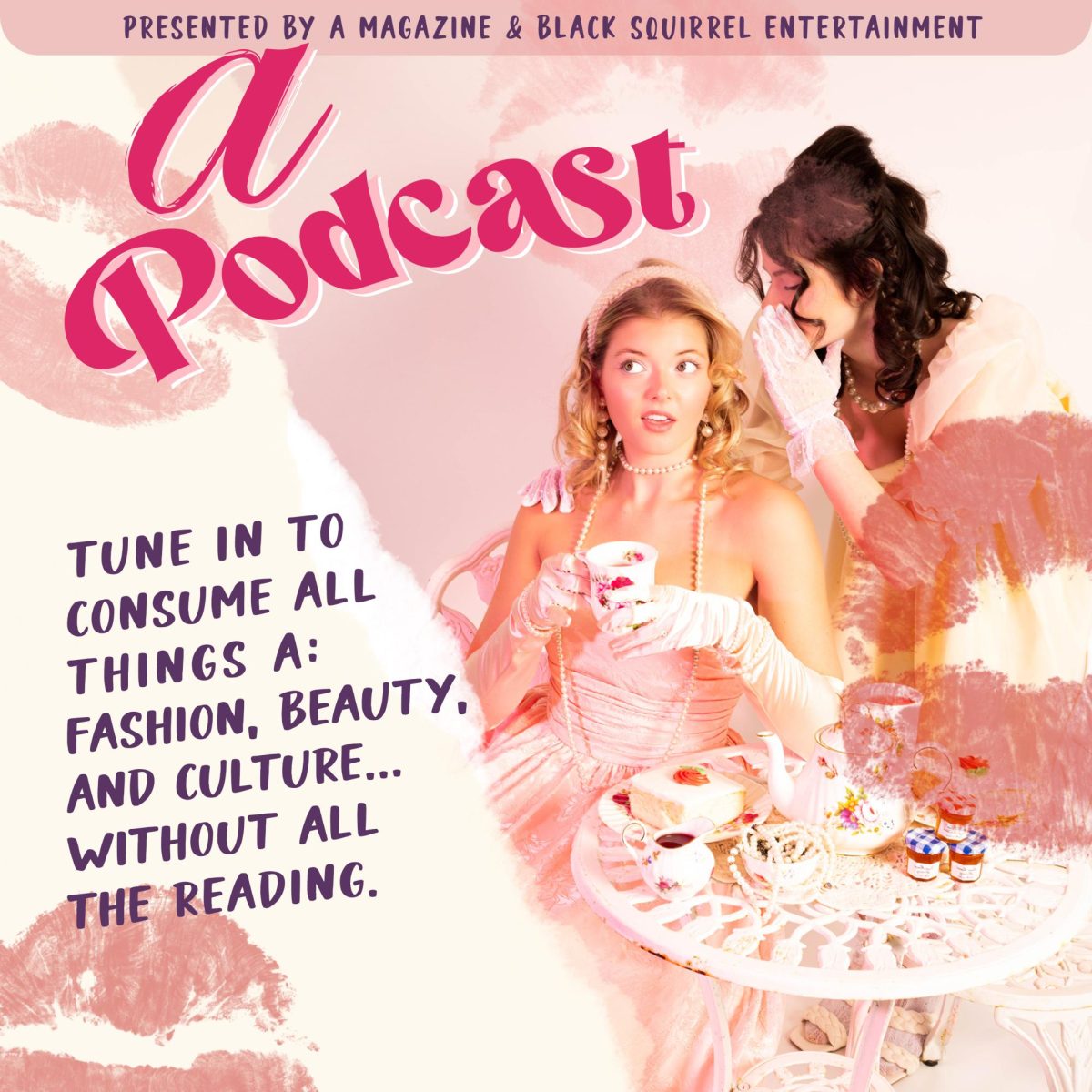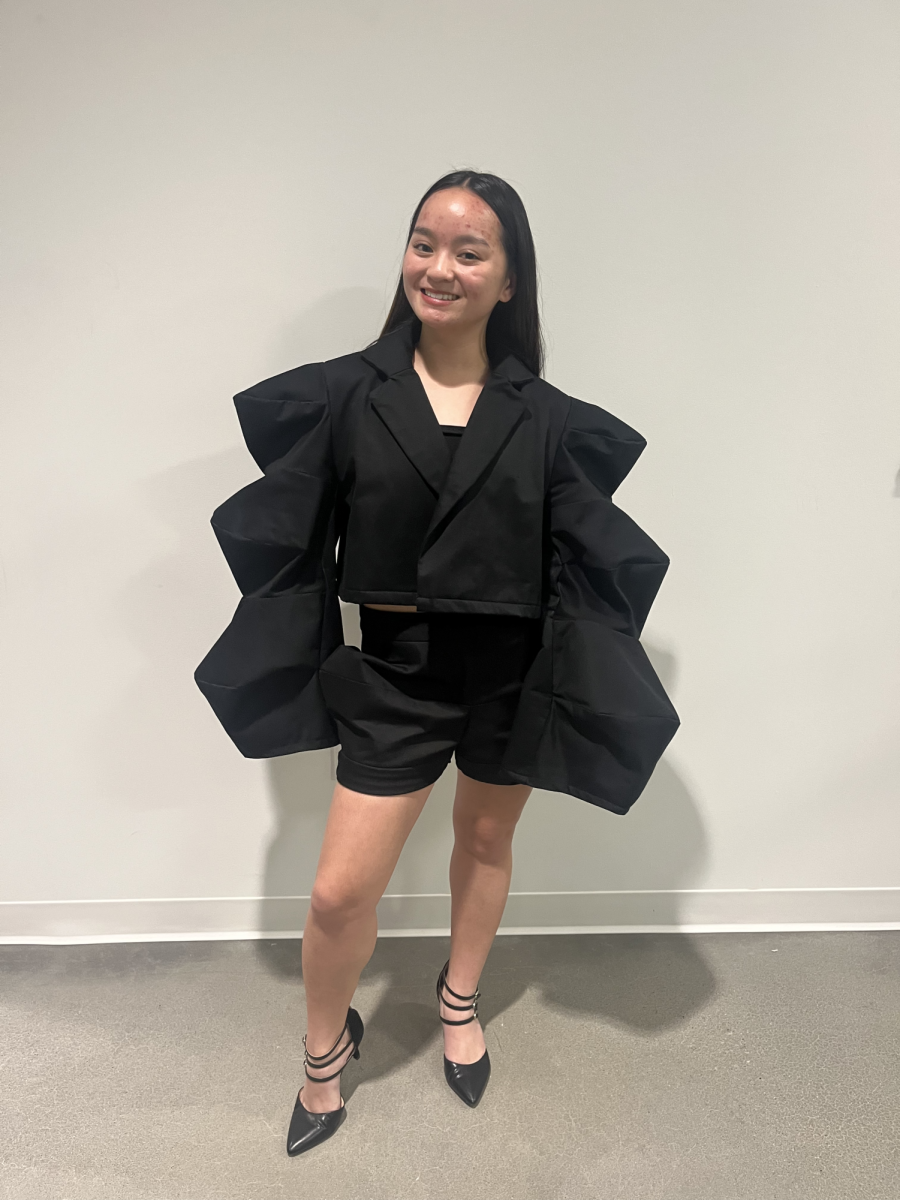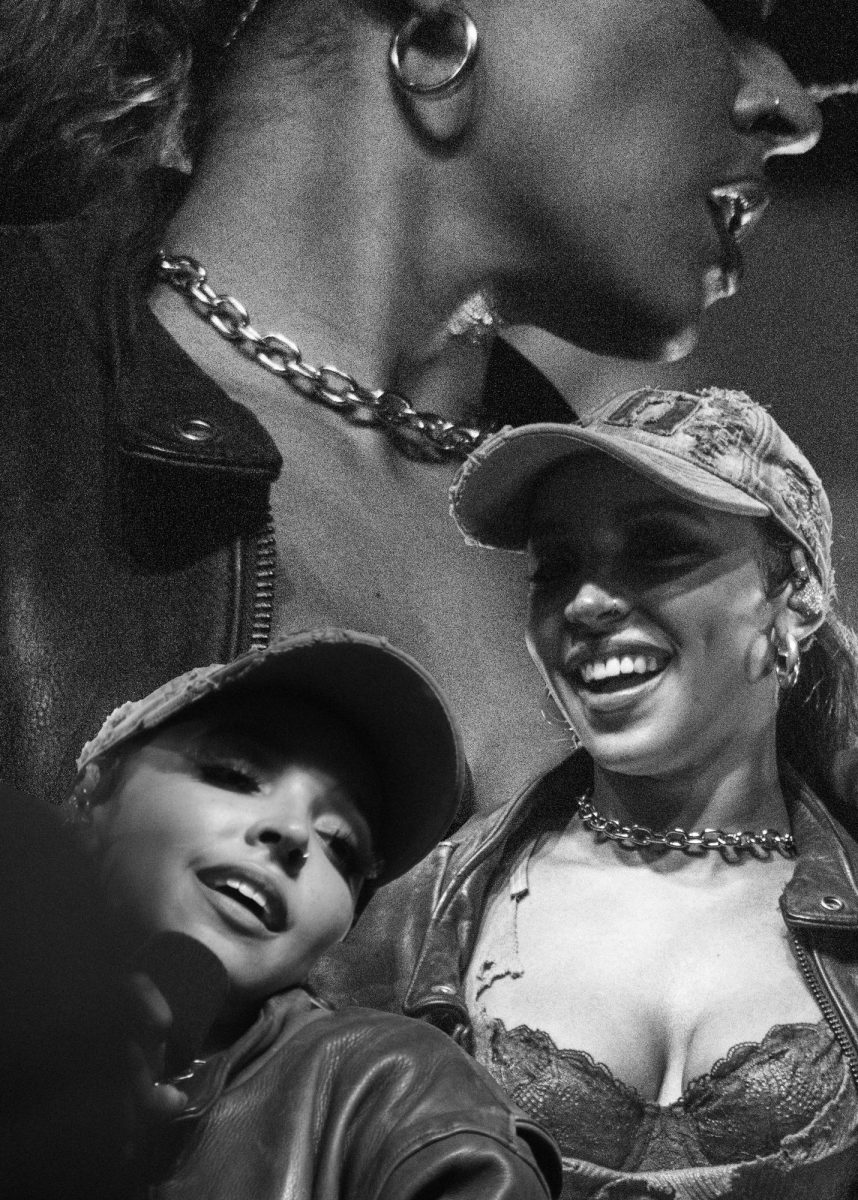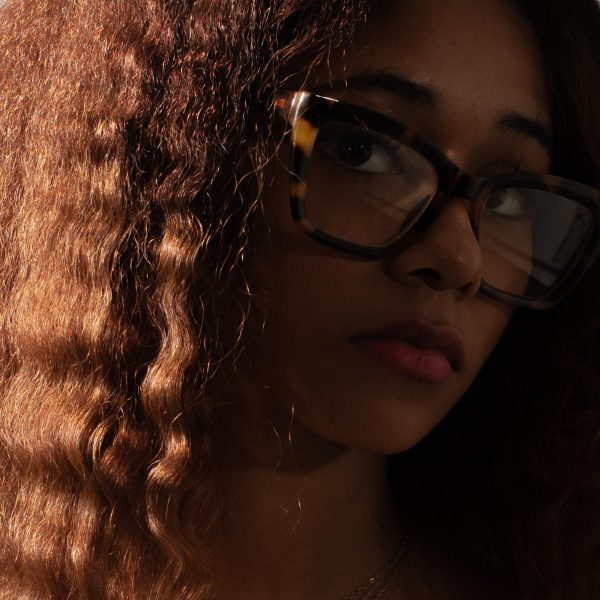
Although beginning as a necessity, eyewear has come a long way from being an essential tool for vision correction to an integral part of fashion and worldwide style. The earliest forms of eyewear date back to the 13th century, when lenses were used by scholars to assist with reading and writing. While they were once expensive and rare to come across, eyeglasses have become a movement of self-expression and aesthetic appeal throughout the past few centuries, leading to their status as a key accessory for both sight and style.
In the 18th and 19th centuries, frames became a sign of wealth and elegance, as they were made with materials such as tortoise shells, gold and silver. Due to the Industrial Revolution, there was a mass production of eyewear, widening an array of affordable options.
While eyewear’s focus was solely on functionality, there was an undeniable shift in the industry. Companies and innovators started to experiment with different styles of frames and patterns, leading to an extension in the means of self-expression. This not only laid the foundation for future advancements but also drove new technological growth.
In the 1930s and ‘40s, frames such as cat-eye glasses, aviators and round frames became associated with different styles and individuals. Aviator glasses in particular made a giant outbreak in the world of US soldiers—symbolizing heroism and courage. Cat-eye, on the other hand, exuded femininity in the world of Hollywood glamour.
Panto glasses also made a resurgence in the ‘40s, with their round, oval frames and flattened top. Although they initially came across as nothing special, they became the epitome of creativity and innovation of the plastic material they represented. Celebrities such as Marilyn Munroe and James Dean helped cement eyewear as more of a fashion piece in this era.
In the 1960s, extra large, oversized glasses started to really live up to the name. Across the globe, celebrities like Diana Ross and Jackie O bedazzled the streets in these innovative and attention-grabbing pieces. Popular bands such as the Rolling Stones started to collaborate with eyewear brand, ic! berlin to create their own personalized lines.
In the ‘70s, Elton John became known for his over-the-top eyewear, with a collection of almost 250,000 different pairs. Celebrity influence was on the rise in many aspects during this era, but it most importantly inspired people to create their own looks with extravagant accessories.
In this modern era, eyewear trends are more diverse than ever. With retro and vintage styles, along with technological advancements such as blue light and transitional lenses, there is more variety than ever before. Glasses are not only seen as functional but a staple part of our everyday culture and environment. As time has progressed, eyewear has become a more versatile fashion accessory made ready and available for all to wear.
Support Student Media
Hi! I’m Kayla Friedman, A Magazine’s editor-in-chief. My staff and I are committed to bringing you the most important and entertaining news from the realms of fashion, beauty and culture. We are full-time students and hard-working journalists. While we get support from the student media fee and earned revenue such as advertising, both of those continue to decline. Your generous gift of any amount will help enhance our student experience as we grow into working professionals. Please go here to donate to A Magazine.

